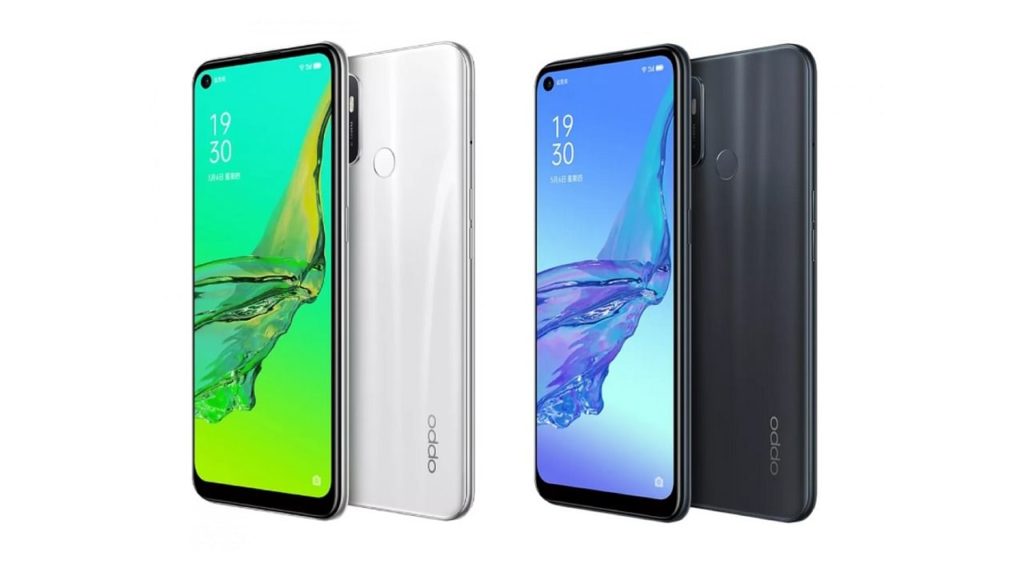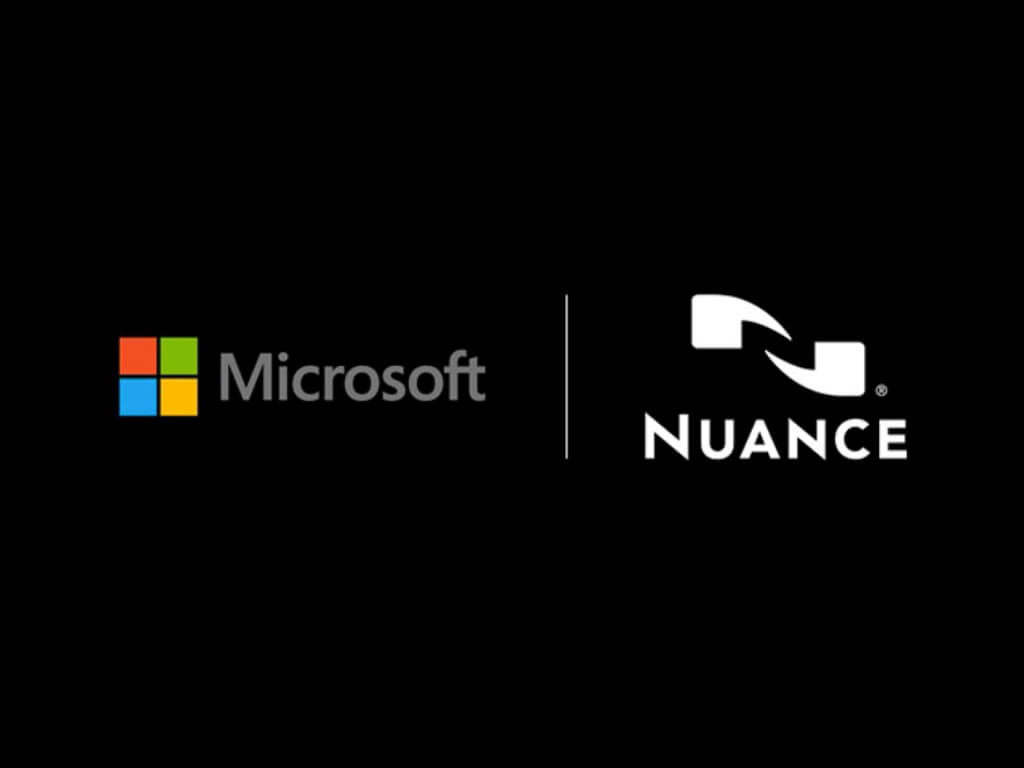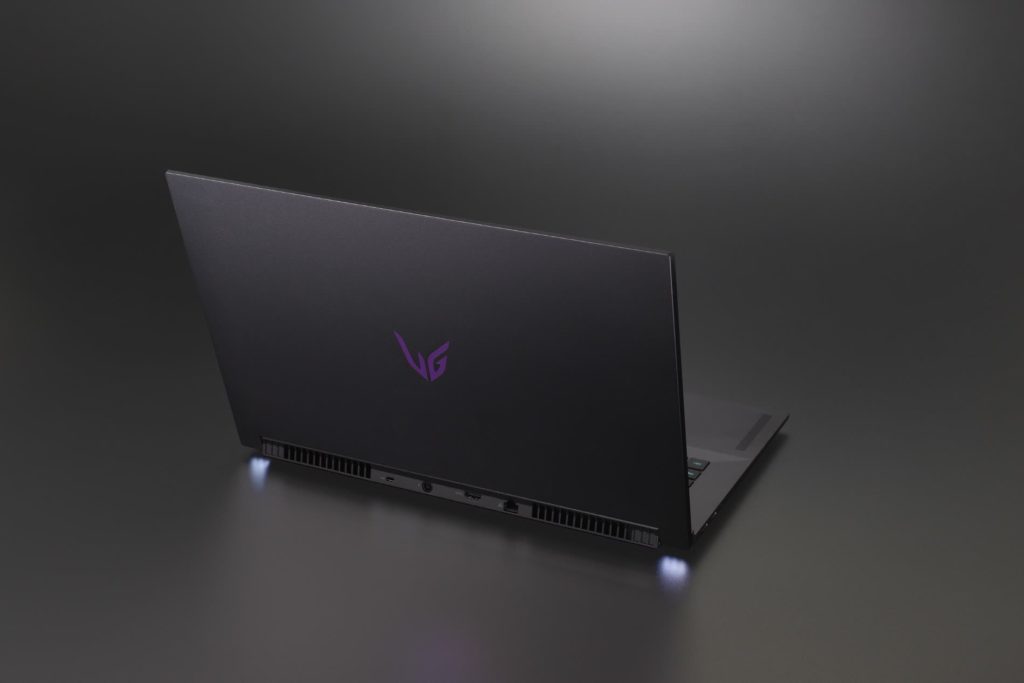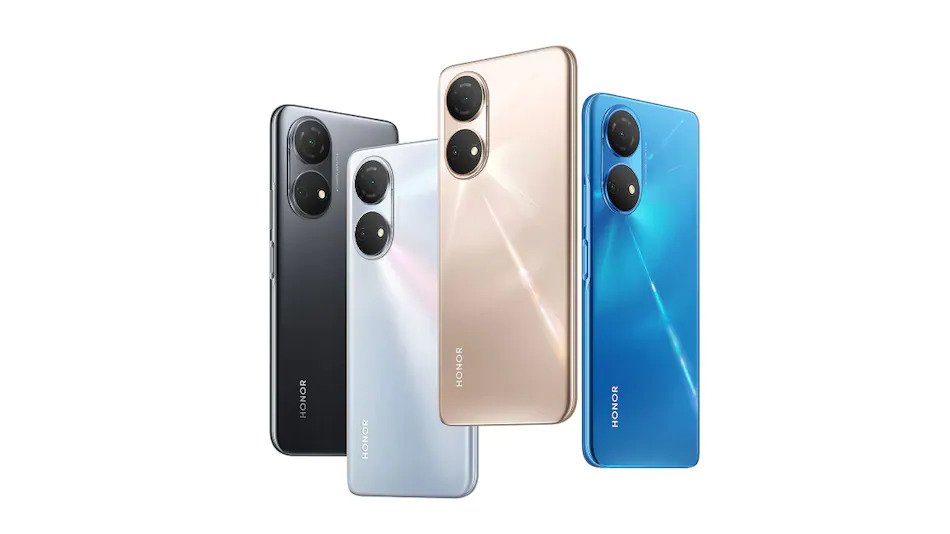Xiaomi 12, Xiaomi 12 Pro, Xiaomi 12X With Triple Rear Cameras Launched; MIUI 13 Makes A Debut.
On Tuesday, December 28, Xiaomi announced the Xiaomi 12, Xiaomi 12 Pro, and Xiaomi 12X at a press event in China. The Xiaomi 12 series has a hole-punch display with Corning Gorilla Glass Victus protection, triple rear cameras, and 5G connectivity, among other things. Xiaomi also unveiled MIUI 13, its latest custom ROM for smartphones and tablets, alongside the Xiaomi 12 series. There is a claim that the new MIUI version is more user-friendly than MIUI 12.5 Enhanced Version. Three new privacy-focused features in MIUI 13 face verification protection, privacy watermarking, and electronic fraud protection. It also supports widgets, giving you an iOS 15-like experience. MIUI is Xiaomi’s custom skin for smartwatches, smart home devices, and televisions, and it will be available next year.
Xiaomi 12: Specifications and Features
Xiaomi 12 has a 6.28-inch Full HD + (1,080 x 2,400 pixels) AMOLED display with Corning Gorilla Glass Victus protection on top and a 20: 9 aspect ratio. It runs on Android-based MIUI 13. The display also has a peak brightness of 1,100 nits, a 120 Hz refresh rate, and Dolby Vision support. The Xiaomi 12 is powered by an octa-core Snapdragon 8 Gen 1 processor and up to 12 GB of LPDDR5 RAM.
The Xiaomi 12 features a triple rear camera setup with a 50-megapixel Sony IMX766 primary sensor, an f/ 1.88 lens, and optical image stabilization (OIS) support. A 13-megapixel secondary sensor with an f/2.4 ultra-wide-angle lens with a 123-degree field of view is also included in the camera setup. For improved focus lock, the rearview camera setup is aided by proprietary CyberFocus technology. The Xiaomi 12 comes with a 32-megapixel selfie camera. It supports Stagger HDR and beautification functions based on Artificial Intelligence (AI).
The Xiaomi 12 comes with up to 256 GB of UFS 3.1 onboard storage. Among the onboard sensors are a gyroscope, magnetometer, accelerometer, ambient light sensor, and proximity sensor. The Xiaomi 12 has Dolby Atmos support and Harman Kardon-tuned stereo speakers.
Xiaomi has included a 4,500 mAh battery in the Xiaomi 12 that supports 67 W fast charging and 50 W wireless charging. The phone also supports 10W wireless charging in reverse. The Xiaomi 12 is also 180 grams and measures 152.7 x 69.9 x 8.16 mm.
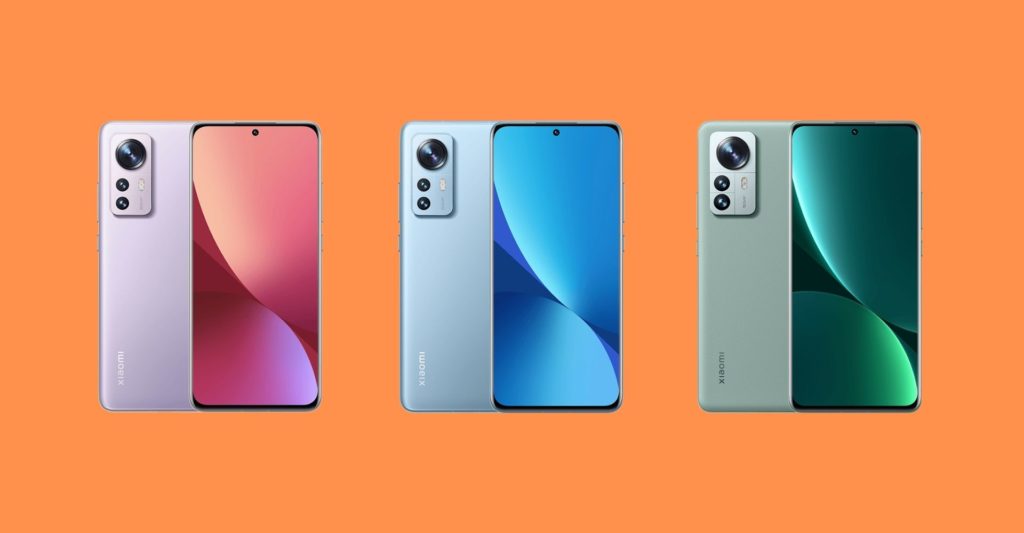
Xiaomi 12 Pro: Specifications and Features
Xiaomi 12 Pro has a 6.73-inch WQHD+ (1,440×3,200 pixels) E5 AMOLED display with 1,500 nits of peak brightness and a 120Hz dynamic refresh rate and runs MIUI 13. The display also has Corning Gorilla Glass Victus protection and a 480Hz touch sampling rate. It also features Apple’s low-temperature polycrystalline oxide (LTPO) backplane technology, which is found on the company’s premium iPhone models. The Snapdragon 8 Gen 1 SoC in the Xiaomi 12 Pro is paired with up to 12GB of LPDDR5 RAM.
There is a triple rear camera setup on the Xiaomi 12 Pro: a 50-megapixel Sony IMX707 sensor with an optical image stabilization feature that supports a wide aperture of f/1.9, a 50-megapixel portrait sensor, and a 50-megapixel ultra-wide sensor. The front of the phone also features a 32-megapixel selfie camera.
Up to 256GB of UFS 3.1 storage is available from Xiaomi. The Xiaomi 12 Pro has a four-unit speaker system with a dedicated tweeter to deliver a better audio experience. Harman Kardon tuning is included with the speaker system. The Xiaomi 12 Pro has a 4,600mAh battery with 120W fast wired charging capability. As well as wireless charging, the phone supports reverse wireless charging at a rate of 10 watts and 50 watts. The Xiaomi 12 Pro weighs 205 grams and measures 163.6×74.6×8.16mm.
Xiaomi 12X: Specifications and Features
The Xiaomi 12X is a slightly modified version of the Xiaomi 12. The display on the smartphone is the same 6.28-inch display found on the Xiaomi 12. It also has the same triple rear digital camera setup as the Galaxy S7 and the same 4,500mAh battery. When it comes to configurations, the Xiaomi 12X is equipped with an octa-core Qualcomm Snapdragon 870 SoC and up to 12GB of RAM. Onboard storage on the phone can go up to 256GB.
Price and Availability Details Of All 3 Models
The 8GB RAM + 128GB storage variant of the Xiaomi 12 is priced at CNY 3,699 (roughly Rs. 43,400). The phone is also available in an 8GB + 256GB model for CNY 3,999 (roughly Rs. 46,900) and a top-end 12GB + 256GB model for CNY 4,399 (roughly Rs. 51,600).
The Xiaomi 12 Professional, on the other hand, starts at CNY 4,699 (roughly Rs. 55,100) for the 8GB + 128GB variant. The phone is also available in an 8GB + 256GB model for CNY 4,999 (roughly Rs. 58,600) and a top-of-the-line 12GB + 256GB model for CNY 5,399 (roughly Rs. 63,300).
The 8GB + 128GB variant of the Xiaomi 12X costs CNY 3,199 (roughly Rs. 37,500). The phone is also available in an 8GB + 256GB model for CNY 3,499 (roughly Rs. 41,000) and a 12GB + 256GB model for CNY 3,799 (roughly Rs. 44,500).
As for the availability of the Xiaomi 12, Xiaomi 12 Pro, and Xiaomi 12X in China, pre-sales will begin on Tuesday, December 31, with the phones going on sale on December 31. Xiaomi has not yet announced when the Xiaomi 12 series will be available in other markets, including India.
